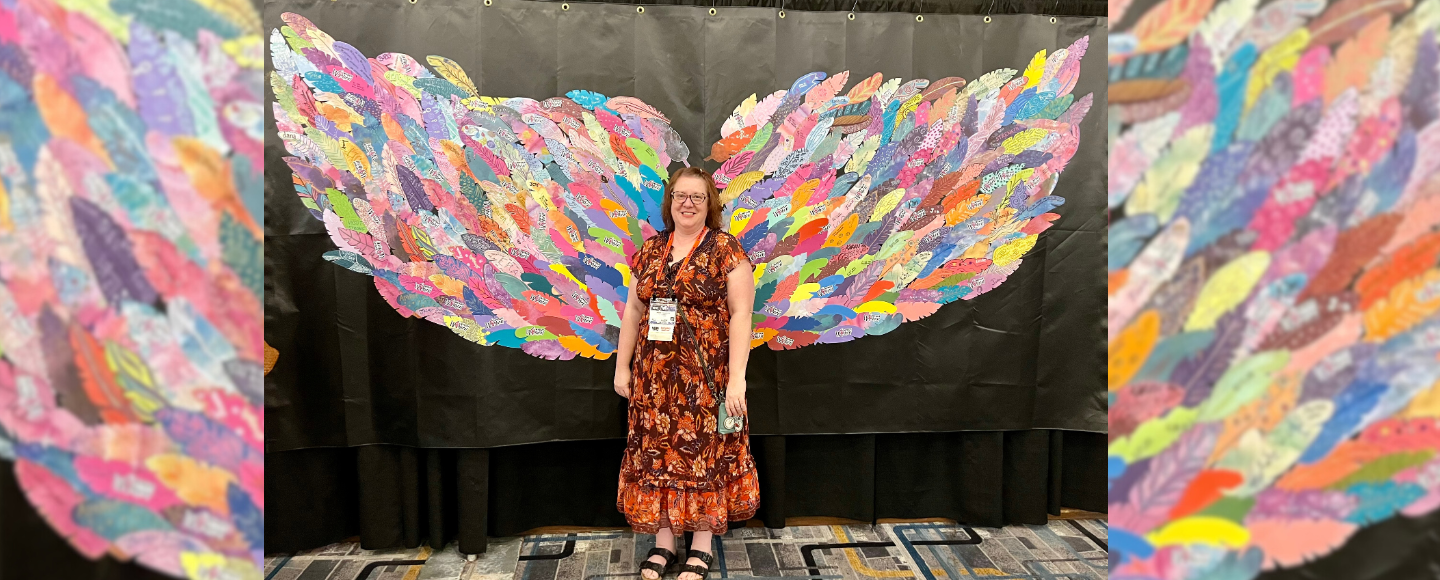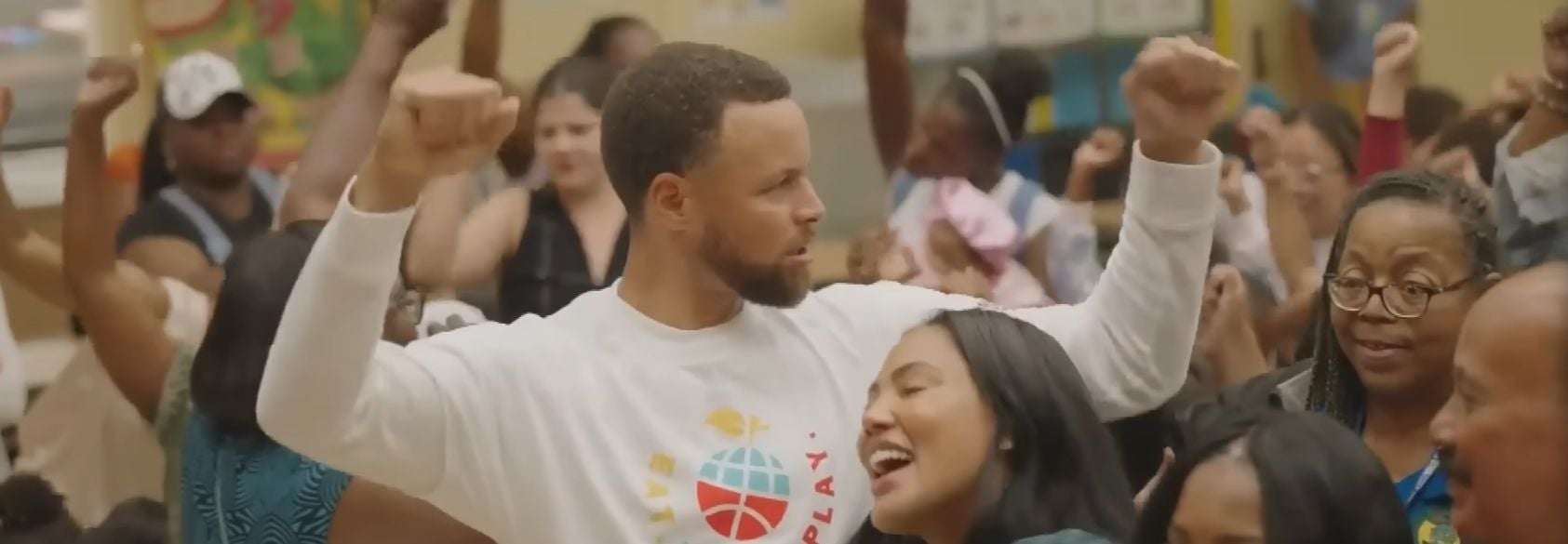Endings Are Hard
Though they might not show it, students become very accustomed to their schedule, their teachers and their routine. They find safety in the predictability of school and our classrooms. Even if they are ready to move on, endings are hard. Most students don’t know how to say goodbye, and I’m terrible at it myself. A few weeks ago, I shared an activity that a colleague did to help students be reflective, and I was inspired to add a reflective piece to our final exam. We are asking students to look back at their school year, asking them to tell us about their “roller coaster ride,” making sure to include the highs and lows of the year.
Socially, the end of school can be emotional because students are leaving for college, switching schools, moving, or simply experiencing the many “lasts.” I’m not a teary person, but our school has an awesome tradition of waving the students off on the last day of school. We line the front drive, bring bubbles, and as the buses pull away, the entire staff is there to wave goodbye. I don’t know if it is the exhaustion, relief or just genuine “endings are hard” feelings, but I cry every single year. It’s a good cry. Here’s a video of us. Giving students the safe spaces to be emotional about transitions is very important, and classroom teachers can do this by providing opportunities for reflection and especially by helping them grow their gratitude.
The Future Is Scary
As an eighth-grade teacher, I watch students evolve from being meek seventh-graders to feeling as if they rule the school. As they strut down the hall, laughing at how tiny the fifth-graders who are touring the building are, I know that it is all bravado. The reality is that the “next step” for any of our students—whether it is a new building, a job, college or the armed services—is really scary. Watching my son walk into freshman orientation was considerably worse than watching him head off to kindergarten because I knew that high school can be rough. My daughter goes to college an hour away, and during her first two months of college, either my husband or I drove down to give her a pep talk over coffee or dinner about twice a week. The great news is that as students persevere, they develop the “mental muscle” to do it again. Post-pandemic, I have found that students’ “stick-to-it” and “stay-strong” muscles have atrophied both academically and socially.
The best way for any of us to help students close one door and open the next one is by making sure they know what is actually behind the door. This is as simple as having an “ask me anything” discussion about the next grade or level. I’ve done this with eighth-graders, whose many questions include, “What do I do if I get lost?” and “How do I get into a club?” and “Is there a lot of homework?” They want to be reassured, and if you have regular conversations with your students, they will feel comfortable asking what is on the other side of the door!
The end of the year is really about moving obstacles for our students. My mentor, Dr. Peter Loehr, always asks me—literally every time I’ve ever met with him—“What obstacles can I clear out of your path? What can I move for you?” This practice is one I’ve stolen, and I ask this of my mentees and students all the time. As you consider the obstacles that face you and your students now, here’s a little more inspo for right now. Check out some of my other musings—What can I say? Endings are hard!—over the years: EdWeek’s “Bite-Size Advice for Teachers to Finish the Year Strong,” Getting Smart’s “Words of Wisdom to Inspire and Motivate Educators,” or one of my personal faves, “Dear Future Me.” What advice do you have to share about ending strong?












